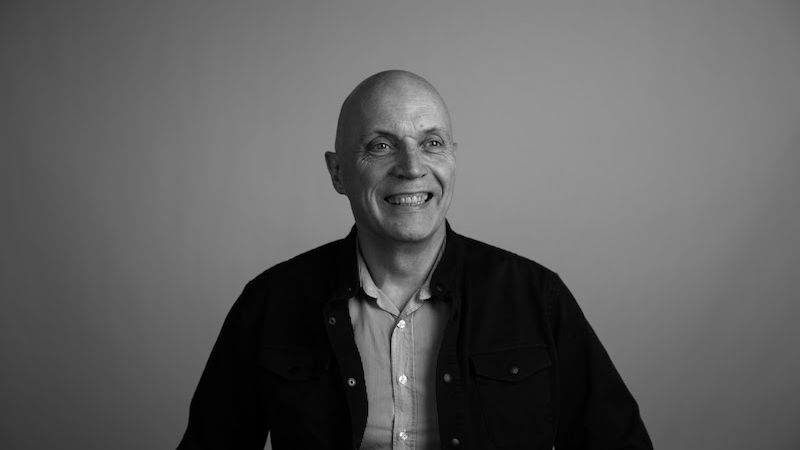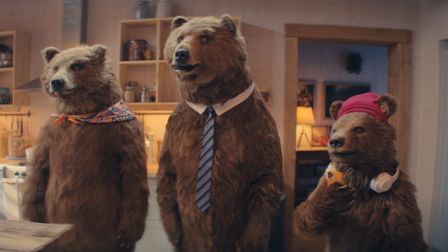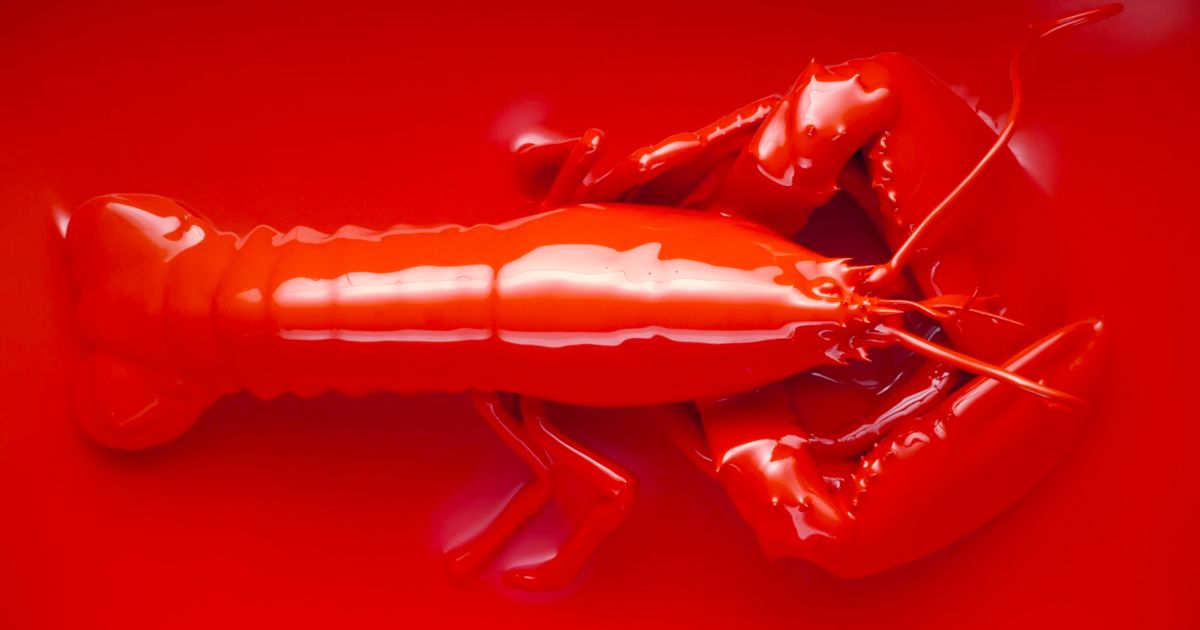Experimental directors FoodFilm sign to Stink
Experimental directors Michael Roulier and Philippe Lhomme - together known as FoodFilm - have signed to Stink Films London and Asia.
The genius behind the hugely successful Adventures in Imagination for M&S, and some further 60 films for the brand, they created the ‘food porn’ style the retailer became famous for.
Widely recognized as global pioneers of modern food filmmaking and photography, their work is a sensorial feast for the eyes, full of colour, texture and movement. From Martini to Milka, Picard to Carte Noire, every ingredient fizzes, oozes or crumbles mouth wateringly dancing across the screen.
Now, as well as with food, they increasingly work with luxury, perfume and cosmetics, taking this skill to a more conceptual level, crafting visual metaphors for product attributes for the likes of Neutrogena, Decleor, Garnier or l’Oreal.
Despite this expertise, Michael and Philippe found their specialism by accident. “Nobody was really interested in food, 15 years ago,” said Michael. “Then chefs became rock stars.” Working with the likes of Australian Vogue and Food Illustrated in the UK, the photographer and art director teamed up to bring the new style of food photography to film. By rejecting still life or ‘nature morte’ (literally, dead nature), removing humans and hands, making the food itself the actor, they captured the beauty and joy of ingredients in a way no one had before. FoodFilm created what they call, “a mini-revolution”: talking about food without the need to incarnate it with people acting around a table.
“Food rarely behaves the way we expect,” Michael asserts. “But we never use 3D, even though most people think we do. Everything must be real. We have small sets and do everything ourselves to influence the artistry — the colour, the framing, the lighting are all our actors.”
“Since most of our shots are in action, we always look for new techniques to create movement: once you’ve tried gravity, bangs, strings, air blows and so on, you need to ‘collaborate’ to go further. This is what we do with our special effects teams. They invent little ‘toys’ that help textures behave the way we have planned. Often with a very minimalist brief, it’s up to us to conceive and develop the creative. Agencies expect this from us. In the end it’s all about craft,” said Philippe.
“Food rarely behaves the way we expect,” Michael asserts. “But we never use 3D, even though most people think we do. Everything must be real. We have small sets and do everything ourselves to influence the artistry — the colour, the framing, the lighting are all our actors.”
“Since most of our shots are in action, we always look for new techniques to create movement: once you’ve tried gravity, bangs, strings, air blows and so on, you need to ‘collaborate’ to go further. This is what we do with our special effects teams. They invent little ‘toys’ that help textures behave the way we have planned. Often with a very minimalist brief, it’s up to us to conceive and develop the creative. Agencies expect this from us. In the end it’s all about craft,” said Philippe.
)




 + membership
+ membership








